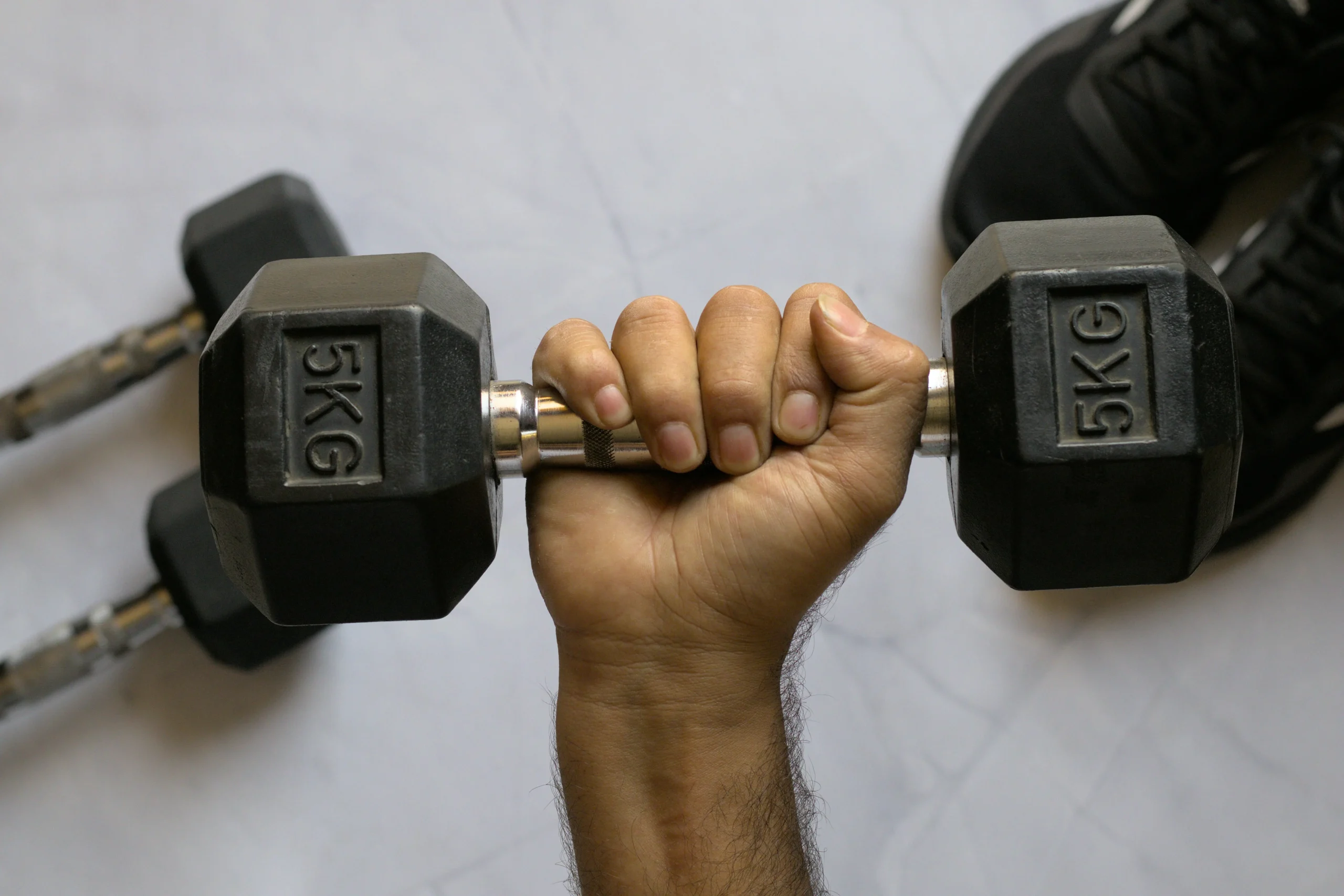When we talk about aging well, we often focus on things like diet and cardio. But strength training deserves a seat at the table – especially if you want to maintain your independence, protect your body, and keep doing the things you love as the years roll on. Let’s look at four key ways strength training directly impacts longevity, along with exercises to target each and what can happen if they’re not part of your routine.
1. Maintaining Your Metabolism
Muscle tissue is metabolically active – meaning it burns more calories even at rest. As we age, muscle mass naturally declines unless we actively work to maintain it. The more muscle you carry, the easier it is to keep your metabolism humming along, making it less likely that you’ll gain excess body fat, which can contribute to metabolic diseases.
A Few Sample Exercises to Consider:
- Deadlifts (targeting large muscle groups)
- Push-ups (upper body muscle maintenance)
- Step-ups (lower body strength and balance)
If It’s Not Part of Your Routine:
Muscle loss can slow your metabolism, making it easier to gain fat and harder to maintain a healthy weight. This can contribute to conditions like Type 2 diabetes and cardiovascular disease.
2. Building Durability
More muscle means more padding and more capacity to absorb impact. Whether it’s a slip on the ice or a misstep on the trail, a stronger body is a more durable body. Strength training doesn’t just build muscle; it conditions your entire body to handle stress more effectively, reducing your risk of injuries and the recovery time from them.
A Few Sample Exercises to Consider:
- Loaded carries (core, grip strength, and overall body coordination)
- Bulgarian split squats (single-leg stability and strength)
- Farmer’s walks (total body strength and stability)
If It’s Not Part of Your Routine:
Falls, sprains, and muscle strains can become more common without targeted strength training, especially as muscle atrophy and joint instability increase.
3. Improving Bone Density
Bones are living tissue, and they respond to the forces placed on them. Strength training is one of the most effective ways to increase bone density, reducing the risk of fractures and osteoporosis. Think of each squat, deadlift, and press as a signal to your bones, telling them to stay strong and resilient.
A Few Sample Exercises to Consider:
- Squats (bone-loading for hips and spine)
- Weighted step-ups (impact and bone health for lower body)
- Push presses (upper body bone loading)
If It’s Not Part of Your Routine:
Loss of bone density can increase the likelihood of fractures, particularly in the hips, spine, and wrists. Recovering from fractures can be more challenging as we age, affecting overall mobility.
4. Enhancing Balance and Coordination
Perhaps the most surprising benefit of strength training is how it can decrease the likelihood of falls. Falls are a major cause of broken hips, and a broken hip can drastically reduce independence in older adults. Strength training enhances proprioception – your brain’s ability to sense where your body is in space – and improves your response to unexpected or slippery surfaces. Essentially, you’re training your brain and body to work as a more coordinated unit, making it less likely that a stumble will lead to a serious injury.
A Few Sample Exercises to Consider:
- Single-leg deadlifts (balance and posterior chain)
- Lateral band walks (hip stability and coordination)
- Box step-downs (control and proprioception)
If It’s Not Part of Your Routine:
Poor coordination and balance can make everyday tasks riskier. Falls can lead to fractures, and a single serious fall can significantly impact independence.
Want to Stay Strong for Life?
At MTN STRNG, we believe strength is a lifetime asset. Our training programs are designed to keep you moving well, feeling strong, and staying durable – no matter your age. Want to learn more? [Schedule your Intro] → [Link to Intro Page].

